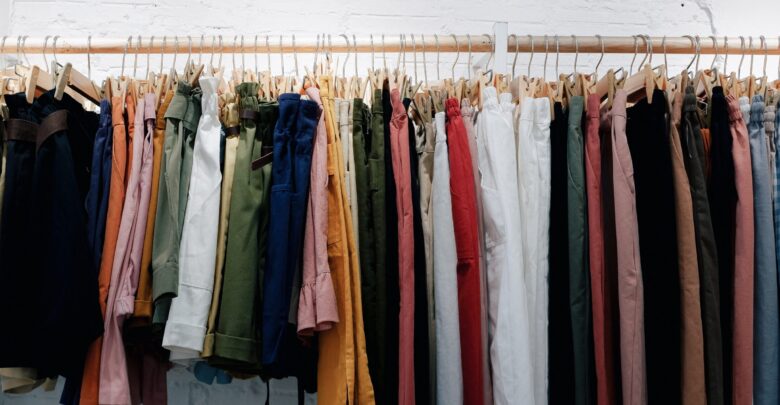 Lucas Hoang
Lucas HoangIt is no news that thrifting is a worldwide sensation right now. Thrifting used to be an affordable option for lower income families and people who couldn’t afford their basic necessities at full retail price. But with the popularity of thrifting, prices have risen and the downfall of thrifting has begun.
Thrifting is buying clothes or items second-hand at a discounted price. But the recent behaviours that we’ve seen contradict this definition. It’s becoming a privilege to those who need it and a hobby for those who don’t.
In response to the ever-rising demand for second-hand clothes, thrift shops have raised prices with seemingly no end in sight. Thrifting has became ”trendy.” While some might see this as companies taking advantage of a willing pool of consumers, it’s actually not the case. This is simply a case of supply and demand. With thrifting becoming very popular, thrift stores have had to raise their prices. Companies can comfortably raise their prices without losing the demand and increasing their profit.
And this unfortunately makes it harder for people with lower incomes to afford clothes. All this does is create a wasteful cycle that only benefits the upper class. Some people call this the gentrification of thrifting, where the lower class lose access to something that was meant to serve them. Thrifting has always been accessible to the rich, but now it’s not to the poor. While the rise in popularity may reduce stigma around thrifting, that doesn’t outweigh the harm caused by the popularity.
The rise in popularity is not the only thing that has ruined thrifting prices. Some people also attribute the cost increase to resellers, which some people have coined “vultures.” Resellers go into these spaces looking for quality options at cheap prices with the intent of making a profit. This takes away choices from a community that already has limited options. It robs them of the benefit of buying quality clothing and being able to afford nice things. With resellers’ inflated prices, good things become even more unaffordable for those who need them.
Not only has thrifting become a privilege, but concerns have also grown about the ethics and sustainability of it. While thrifting undeniably keeps money out of the pockets of companies that violate human rights and produce huge amounts of waste, thrifting itself has its environmental and ethical concerns. More people are using thrifting as a way to engage in hyper-consumption because it’s cheaper. They try to validate their overconsumption by arguing that thrifted items are second-hand and would end up in the trash if no one bought them.
Meanwhile, someone who really needs those clothes and would have prolonged the wear of those materials can no longer afford them. And when people realize that they have no need for the items they bought solely because it was cheap and trendy, the clothes end up in landfills. Maybe instead of switching the medium through which people overconsume, we should address overconsumption in the first place.
Additionally, the clothes that resellers and rich people pass over tend to be low quality clothes from fast fashion businesses. Low income folks deserve quality options at affordable prices, but they’re starting to lose both. As a result, these items once again end up going to the landfills once they’re unwearable.
We, as a community, need to reassess how we approach thrifting and challenge the thought process we’ve associated with it. If we aren’t careful, thrifting prices will continue to rise closer to retail prices. We would also be ending one of the sustainable ways to save our planet. But most importantly, the people that thrifting was created for could be left with less ways to attain their necessities.




